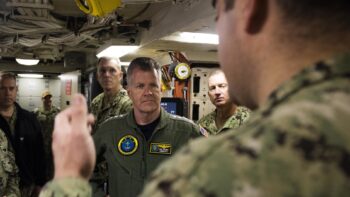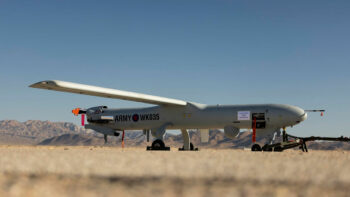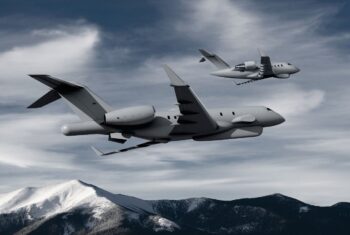
USS Abraham Lincoln (CVN 72) transits the Strait of Gibraltar, entering the Mediterranean on April 19.
WASHINGTON: The day after the White House released a stern statement announcing the immediate deployments of an aircraft carrier strike group and bomber wing to the Persian Gulf to deter an unnamed Iranian threat, Navy chief Adm. John Richardson was put in what has become a familiar position for the Pentagon brass: explaining a surprise White House statement on a controversial topic.
In response to National Security Advisor Advisor John Bolton’s Sunday evening statement that the forces were being dispatched to the Gulf in response to “a number of troubling and escalatory indications and warnings,” by Iran, Richardson said Monday that, essentially, the deployment was just business as usual.
“The Abraham Lincoln Strike Group was planned to deploy for some time now,” Richardson told the SeaAirSpace conference. He touted the Lincoln’s new route to the Gulf as an example of “dynamic force employment,” a new Navy tactic that is meant to surprise potential adversaries by having US ships show up off their coastlines without warning.
He didn’t explain how a White House press release is an example of tactical surprise.
The Navy’s carrier strike groups, he continued, are “designed to move around the globe very fluidly in response to changing security situations,” and “if the dynamic changes and national leadership requires or requests that force package to go to a different theater.”
After his remarks, Richardson tweeted, “this is the beauty of having a dynamic force. The @USNavy can easily maneuver to protect national interests around the globe.”
The Lincoln has been deployed since April 1, when it left port in Norfolk to embark on a well-publicized around-the-world mission that will eventually take it to its new home port in San Diego. It has been operating in the Mediterranean for two weeks, and is currently conducting exercises off the Italian coast, after which it was likely to head through the Suez Canal, through the Red Sea and toward the Persian Gulf.
There is currently no US carrier in the Gulf.
While Richardson spoke Monday morning, the rest of the Pentagon wasn’t quite as swift.
It wasn’t until Monday afternoon that senior OSD officials managed to weigh in, when Acting Defense Secretary Patrick Shanahan confirmed he approved of the deployment in response to “a credible threat by Iranian regime forces.” That was followed several hours later by a statement by Pentagon spokesman Charles Summers, who said the deployment of the Lincoln and bomber wing are “a prudent step in response to indications of heightened Iranian readiness to conduct offensive operations against U.S. forces and our interests,” largely repeating Bolton’s statement.
The Pentagon, the statement went to some lengths to say, “remains integrated with the rest of the government.” Bolton’s White House missive comes a week after Vice President Mike Pence surprised many in the Navy — and at the Pentagon — by making another bold carrier announcement, telling sailors that the administration was reversing course, and would not retire the USS harry S. Truman early.
The White House has declined to detail the Iranian threat that is placing US forces in the region at risk. Bolton said that, while the US “is not seeking war” with Iran, “we are fully prepared to respond to any attack, whether by proxy, the Islamic Revolutionary Guard Corps, or regular Iranian forces.”
The Lincoln was slated to make a port call in Split, Croatia later this week, but that liberty looks like it will be cancelled.
Romania signs LOA to secure entry to F-35 club
“This decision marks a significant milestone in Romania’s defense strategy and its commitment to maintaining a robust and advanced military force,” Lockheed Martin said in a statement.
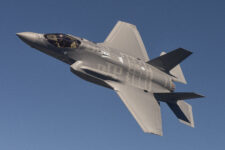









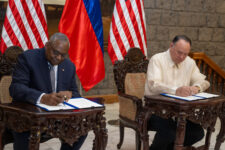
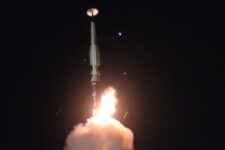
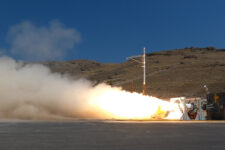



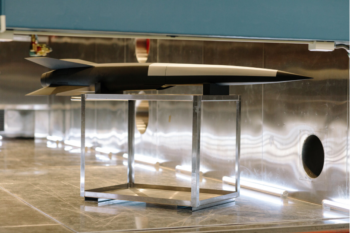

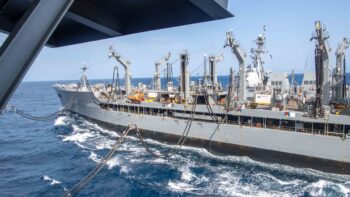


![E-2D_AR_1[1]](https://breakingdefense.com/wp-content/uploads/sites/3/2024/10/E-2D_AR_11-350x233.png)
